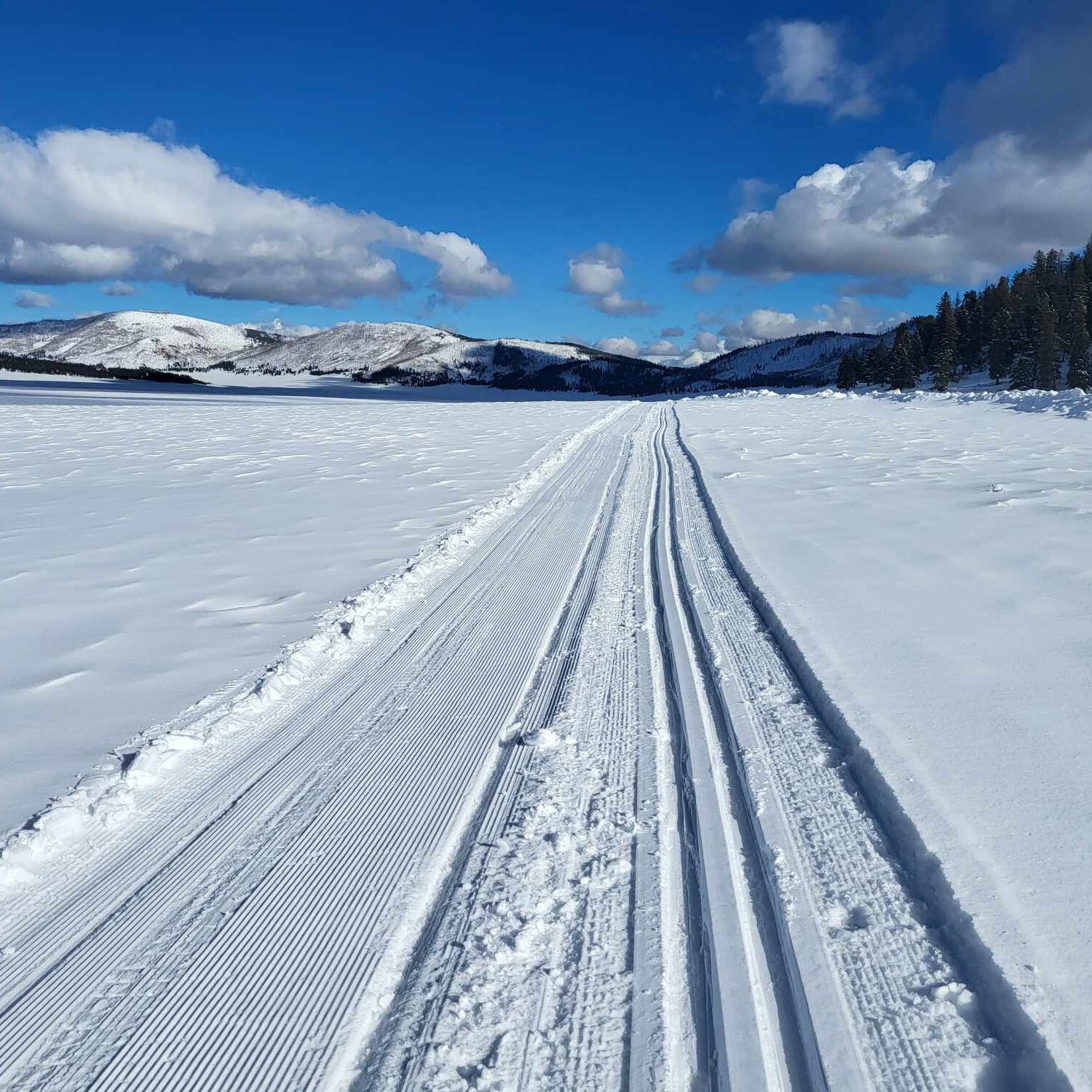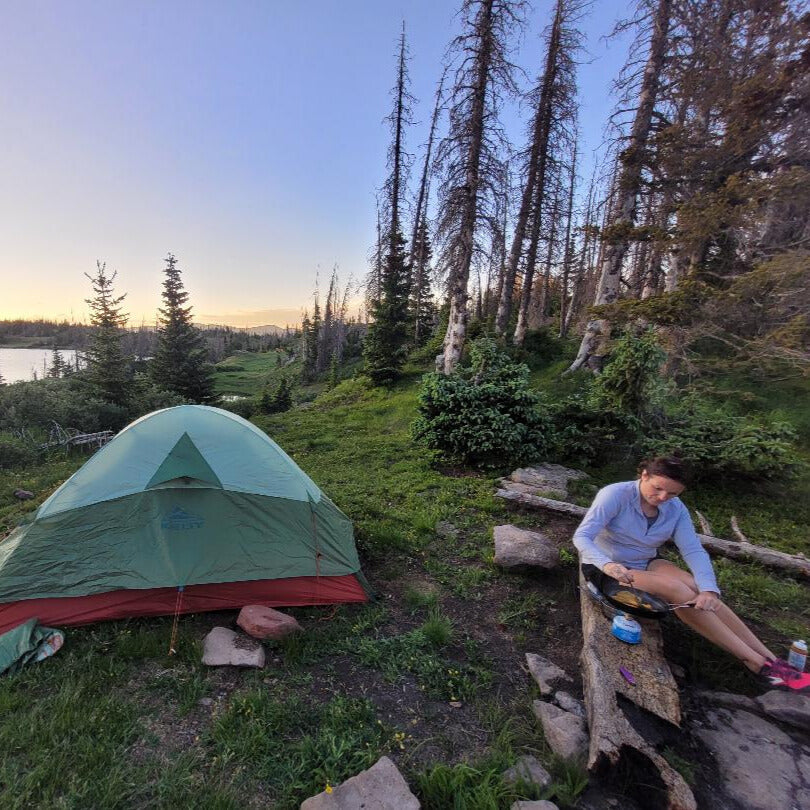Your Cart is Empty
accepting gear drop offs Mon-Sat 10am-5pm. No Consignment acceptance on Sundays.
accepting gear drop offs Mon-Sat 10am-5pm. No Consignment acceptance on Sundays.

Before opening a consignment shop we had very little experience with the consignment process personally. The little bit we had experienced was difficult and time consuming. On one occasion we had to make an appointment months in advance and with the other, we dropped our stuff and did not hear back on whether or not they would take it for nearly 6 weeks. So when we opened up, we knew we wanted to do it differently!
Here at Durango Outdoor Exchange you never need an appointment to drop off your gear and outdoor apparel. You can swing by anytime we are open that is convenient for you. We have a trained employee at the consignment counter all hours of the day, ready to discuss the consignment process and look through your goods. We will let you know right then and there if we believe we will be able to sell an item and if so at what price range. You’ll fill out one simple piece of paperwork, get the details explained and be on your way. When your stuff sells, you can swing by to grab a check or use it towards store credit for a 10% bonus.
Since you are sharing a percentage of the sale with us, we want the process to be truly simple. We won’t call you with extra customer questions or try to haggle with you over the phone after you drop it off. Once it’s here, it is our job to sell it on your behalf. Rest easy that it is taken care of and we are doing our best to move it along to someone who can use it to get outside!
Due to the simplicity of the process and various customer schedules, we do get consignment items in all day, most days. However, if you are looking to drop off in a hurry there are certain times that can and should be avoided as there is often a line at the consignment counter. Each day between and 12pm and 3pm we get to say hello to many folks as they wait to drop off their goods. However, if you come in between 9am and 11am it’s most likely you’ll be on your way in a flash.
Simplicity, accessibility and transparency are the values we want our consignment process to convey. We are here for you to sell you gear, find a new adventure and get outside. We appreciate each and every consignor and enjoy getting to know you all when you bring in your gear.

Thanksgiving is almost here–and skiing this early is always a gamble. Here are some non-skiing warm(er) weather destination ideas for the long break.

Just a couple hours from Durango, Valles Caldera is a great cross-country skiing destination, with surprisingly good snow and very few visitors.
Valles Caldera National Preserve is a popular hiking destination in the summer and a surprisingly great skiing destination in the winter.

When spending one night (or many) in the backcountry, a warm dinner at night and hot beverage in the morning can make the difference. That invariably involves using a stove of some sort–but which one?
Stove technology has been around for decades, but new tech is making them lighter, more efficient, and more dependable than ever before. Here’s a rundown of the different kinds of backpacking stoves: